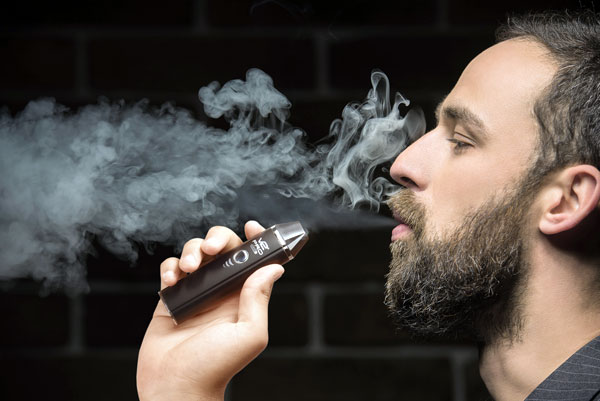A story in pharmacynews.com.au has thrown some cold water – but not much – on a widely-reported UK study (see Quitting with e-cigarettes, January 31) that found that nicotine-containing electronic cigarettes were almost twice as effective as nicotine patches and gum in helping smokers quit their habit.
But there was a ‘catch’, the story said. A year after quitting tobacco 80 percent of those who had switched to e-cigarettes were still vaping, while nine percent who had used nicotine replacement therapy (NRT) were still using NRT.
But that seems to be the limit of the cold water.
The findings were significant because the NRT users tended to cease treatment prematurely and had higher rates of relapse, Dr. Ryan Courtney (PhD) of the National Drug and Alcohol Research Centre in Sydney, NSW, was quoted as saying.
“Vaporised nicotine products seem to have quite high user acceptability in terms of the act of using your hands, the sensory-motor aspects,” said Courtney, who is also a senior lecturer in health behaviour science at the University of NSW. “And [users] do actually get enjoyment out of using vaporised nicotine products.”
But he said the long-term health risks of vaping were unknown, and that GPs and patients should continue to exercise caution.
“From a harm-reduction approach, vaporised nicotine products frequently do present as a potentially safer option, but there haven’t been the long-term studies that have looked at outcomes,” he said.











